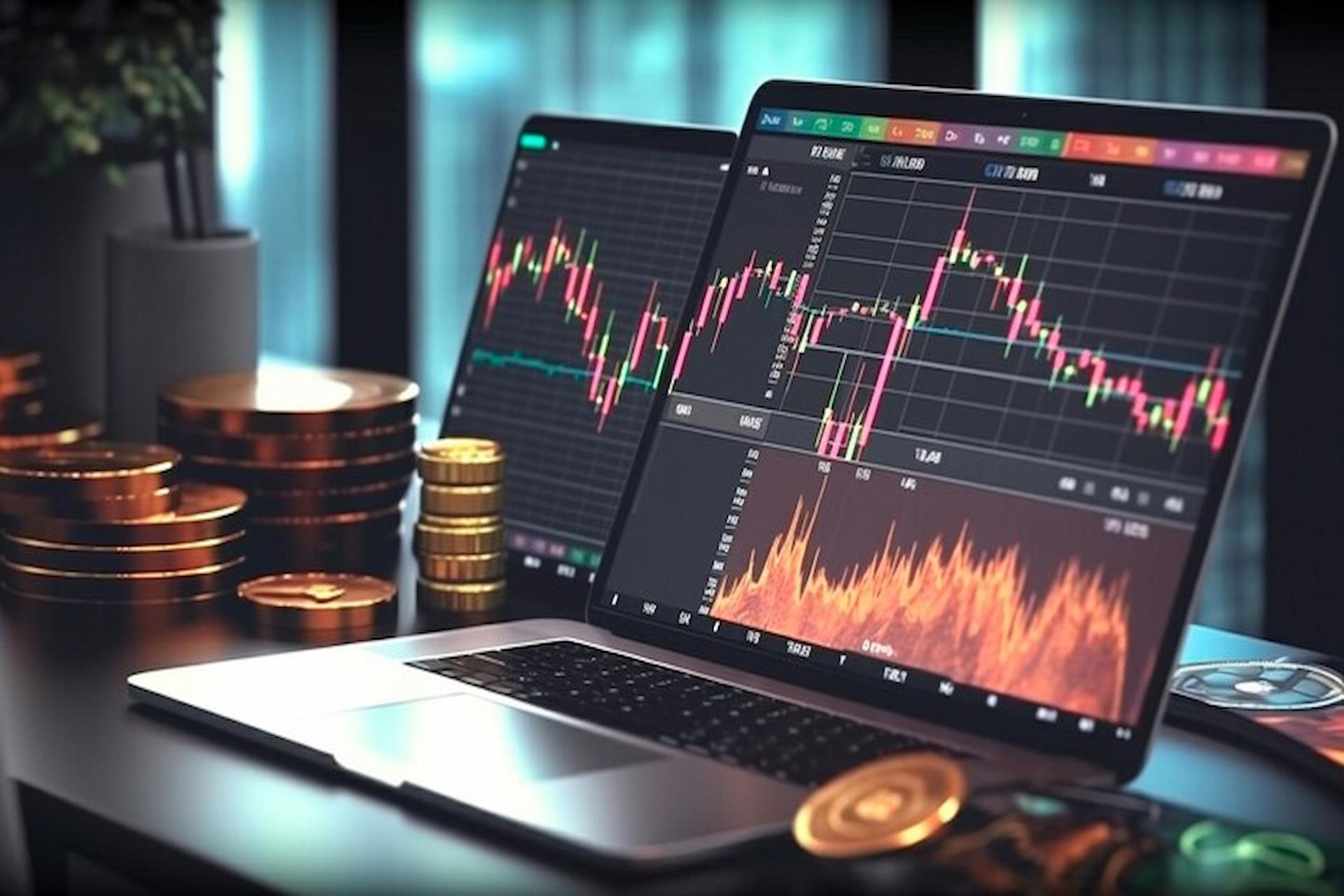Exchange-traded funds (ETFs) have gained tremendous popularity among investors due to their unique advantages, including diversification, liquidity and profitability. To further increase the accessibility and convenience of ETF investing, many brokerage firms in India offer zero demat brokerage accounts specifically designed for ETFs. In this guide, you will learn what a zero demat brokerage account for ETFs is, how it works, what benefits it offers, and how to get the most out of this investing journey. Check more on TradingView.
Understanding Zero Brokerage Demat Account for ETFs
An ETF is a financial instrument that represents a basket of underlying assets such as stocks, bonds or commodities. ETFs are traded on exchanges and investors can buy and sell them like individual stocks. Demat account or dematerialized account is an electronic account that allows you to store and manage financial securities in digital form. The combination of ETFs and demat accounts offers investors a convenient and cost-effective way to access a world of diversified investments. Check more on TradingView.
The Zero brokerage demat account is a special type of demat account that offers investors the opportunity to trade ETFs without incurring traditional brokerage commissions. This means you can invest in ETFs without having to pay a commission to a brokerage firm. The brokerage fees associated with buying and selling ETFs are significantly reduced or eliminated, making them a convenient choice for investors. Check more on TradingView.
How Does Zero Demat Brokerage Account for ETFs Work?
Account Opening: To use a zero demat brokerage account for ETFs, you need to open an account with a brokerage firm that offers this service. When opening an account, identification documents, proof of address and bank details are usually presented. Check more on TradingView.
Verification: Once your account is created, the brokerage firm verifies your documents. This is standard procedure to ensure legal compliance and protect your account.
Funding Your Account: To invest in ETFs, you need to transfer money from your linked bank account to your demat account. These funds are used to purchase ETF shares. Check more on TradingView.
Invest in ETFs: You can access the broker’s online platform or mobile application to browse and select the ETFs in which you want to invest. You can place orders to purchase ETF shares using your demat account, just like you would for individual stocks. Check more on TradingView.
Redemption and Dividend: If you decide to sell ETF shares or receive dividends, the proceeds will be credited to your demat account. This gives you a consolidated overview of your ETF investments. Check more on TradingView.
Management and Monitoring: With a demat account, you can monitor the performance of your ETF investments, access trading history and receive account statements in electronic form.
The main advantage is the elimination of broker commissions when trading ETFs. Traditional brokerage commissions on ETF trades may impact your returns, but no brokerage commission guarantees that you will receive all of the returns earned on your ETF investments. Check more on TradingView. Your ETF shares are stored electronically, reducing the risk of loss or damage to physical certificates. Check more on TradingView.




